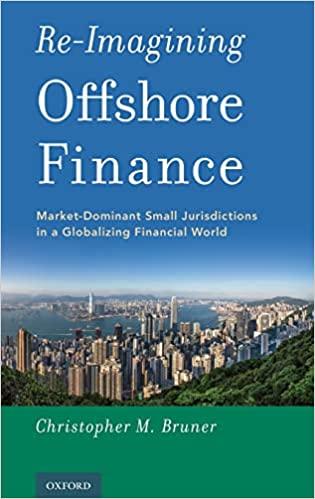Question
After carefully conducting a yield analysis on Kaufman Enterprises current bonds, I am presenting a report in favor of calling the bond earlier than the
After carefully conducting a yield analysis on Kaufman Enterprises current bonds, I am presenting a report in favor of calling the bond earlier than the 10 years maturity date and exchanging them with newly issued bonds. The report will also show that Kaufman will be able to save money by doing so. The findings will be provided below along with an addendum that shows the results of the analysis.
As we know that our Enterprise at the moment has bonds outstanding with a $1,000 face value and 10 years left until maturity. These bonds have an 11% annual coupon payment, and their current price is $1,175. It is expected that these dons may be called in 5 years at 109% of face value which means that the Call price will be $1,090. Basis this information, I have calculate the Yield to maturity and Yield to call for few years and see how much return is expected and which is the best year an investor should go for a call.
First, I have calculated the Yield to Maturity (YTM) ranging from 5 to 10 years and see how it is progressing over the years. By definition, YTM is the rate of return anticipated on a bond if held until the end of its lifetime. YTM is considered a long-term bond yield expressed as an annual rate. The YTM calculation takes into account the bonds current market price, par value, coupon interest rate and time to maturity.
The below table shows the YTC for 5 to 10 years with 11% annual coupon rate and current market price of $1175.
| Year | Yield to maturity |
| 10 | 8.35% |
| 9 | 8.18% |
| 8 | 7.96% |
| 7 | 7.68% |
| 6 | 7.30% |
| 5 | 6.76% |
In the similar way, we calculate the Yield to Call (YTC) ranging from 5 to 9 years with 109% of face value. The yield of a bond or note if you were to buy and hold the security until the call date. This yield is valid only if the security is called prior to maturity. The calculation of yield to call is based on the coupon rate, the length of time to the call date and the market price.
Similarly, we have postulated the results of YTC in the table below for 5 to 9 years with 109% of face value and the current market price of $1175.
| Year | Yield to call |
| 5 | 8.13% |
| 6 | 8.39% |
| 7 | 8.56% |
| 8 | 8.70% |
| 9 | 8.80% |
From the above results, we can say that the bonds are selling at premium which means that interest rates have decreased since the original bonds were issued. Assuming these interest rates do not change from the present value, investors would expect to earn YTC than YTM.
However, the bond's indenture indicates that the call provision gives the firm the right to call them at the end of each year beginning in years 5. In year 5, they may be called at 109% of face value, but in each of the next 4 years the call percentage will decline by 1 percentage point. Thus, in year 6 they may be called at 108% of face value, in year7 they may be called at 107% of face value, and so on. If the yield curve is horizontal and interest rates remain at their current level, then we will see when is the latest that investors might expect the firm to call the bonds. Based on the information, we calculated the yield to maturity or what is known as return.
| Year | Yield to maturity |
| 6 | 8.27% |
| 7 | 8.37% |
| 8 | 8.46% |
| 9 | 8.53% |
Therefore, from the above calculation, we can conclude that the latest that investors might expect to call the bond is in the year 6.
PLEASE EXPLAIN THIS IN YOUR OWN WORDS.(No copying or plagarizing)
Step by Step Solution
There are 3 Steps involved in it
Step: 1

Get Instant Access to Expert-Tailored Solutions
See step-by-step solutions with expert insights and AI powered tools for academic success
Step: 2

Step: 3

Ace Your Homework with AI
Get the answers you need in no time with our AI-driven, step-by-step assistance
Get Started


